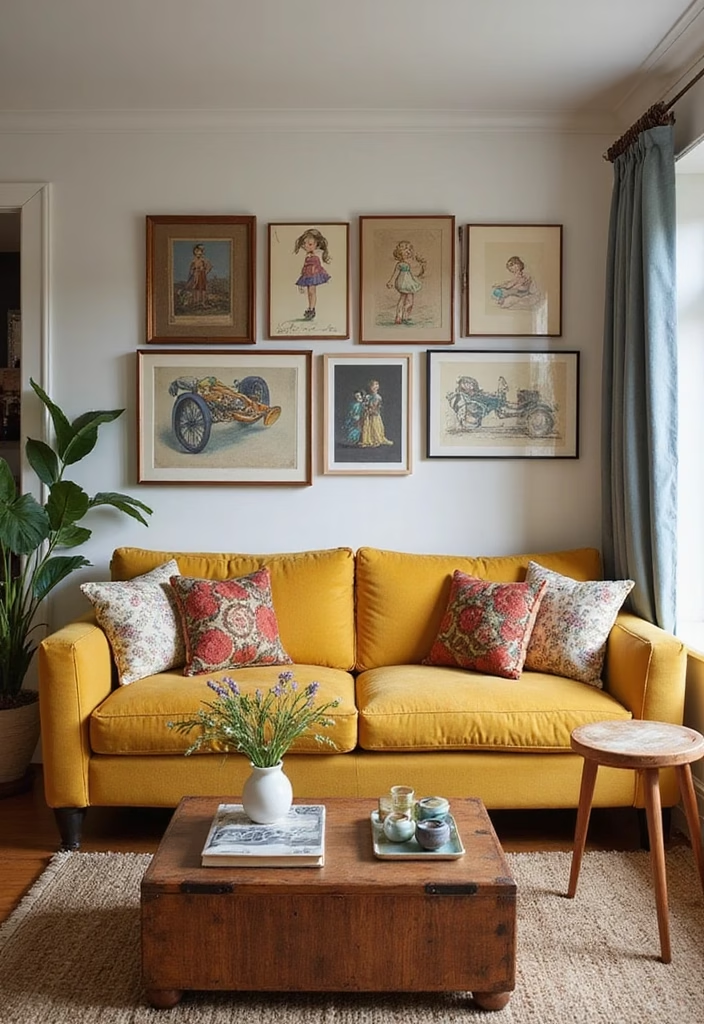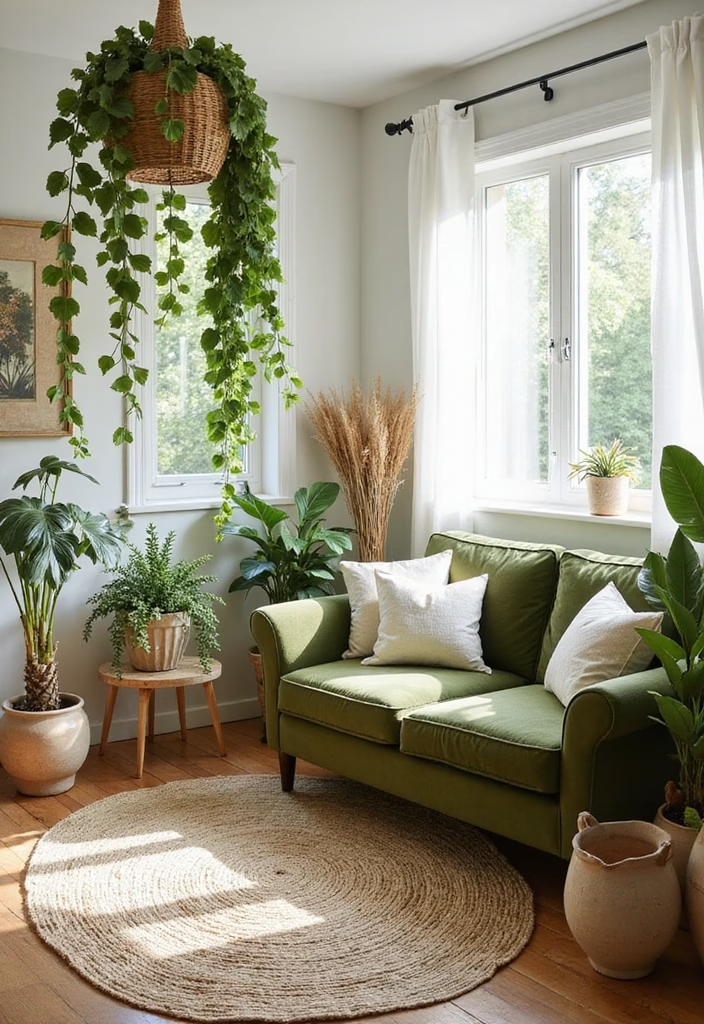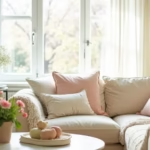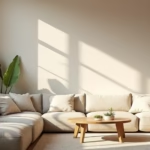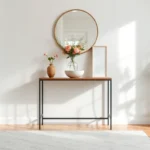Let’s cut to the chase: mixing white and wood furniture is like pairing wine with pizza—technically you can do whatever you want, but there’s a right way to avoid judgment from your annoyingly stylish cousin. Will your space end up looking like a cozy Scandinavian cottage or a garage sale at a lumberyard? Let’s navigate this interior design tightrope without face-planting into a pile of throw pillows.

Why Mixing White and Wood Works (When You’re Not Lazy About It)
White and wood are the peanut butter and jelly of home decor—different textures, but they balance each other out. White says, “I’m clean and modern!” while wood whispers, “I have depth and once belonged to a tree with a name.” Together, they create a vibe that’s neither “sterile lab” nor “cabin owned by a guy named Jed.”
The science behind it (aka “Things I Googled While Avoiding Laundry”):
- White reflects light, making small rooms look bigger.
- Wood adds warmth, so your apartment doesn’t feel like a dentist’s waiting room.
- Together, they trick guests into thinking you hired a designer (you didn’t).

How to Mix Them Without Summoning Interior Design Gremlins
Rule 1: Balance, Not Battle Royale
If your room looks like a lumberjack arm-wrestling a snowman, you’ve failed.
- Do: Pair a white dining table with wood chairs (or vice versa).
- Don’t: Cover every surface in white and wood. Pick a dominant player.
Pro tip: If your coffee table is wood, let your TV stand be white. Let them breathe, people.
Rule 2: Embrace the “Clashing” Undertones (But Not Like Your Parents’ Divorce)
Wood isn’t just “brown.” It’s warm (red/orange tones) or cool (gray/ashy tones).
- Warm wood (oak, cherry): Pair with creamy whites to avoid looking like a pumpkin patch.
- Cool wood (walnut, weathered finishes): Go with crisp, bright whites for a modern edge.
If you mix warm and cool tones, add a neutral rug to mediate the drama.
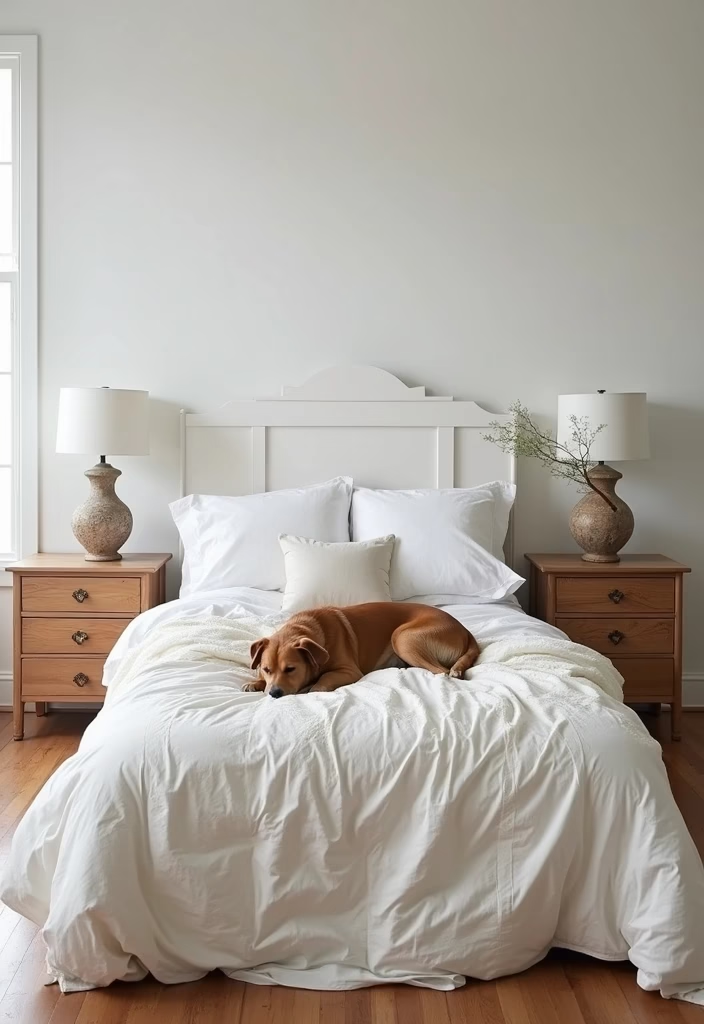
Rule 3: Texture Is Your Secret Weapon
White and wood can feel flat if everything’s smooth. Add texture like you’re sprinkling Parmesan on pasta:
- Rattan baskets (for hiding snacks).
- Knitted throws (for hiding wine stains).
- Terracotta pots (for hiding the fact you’ve killed 12 succulents).
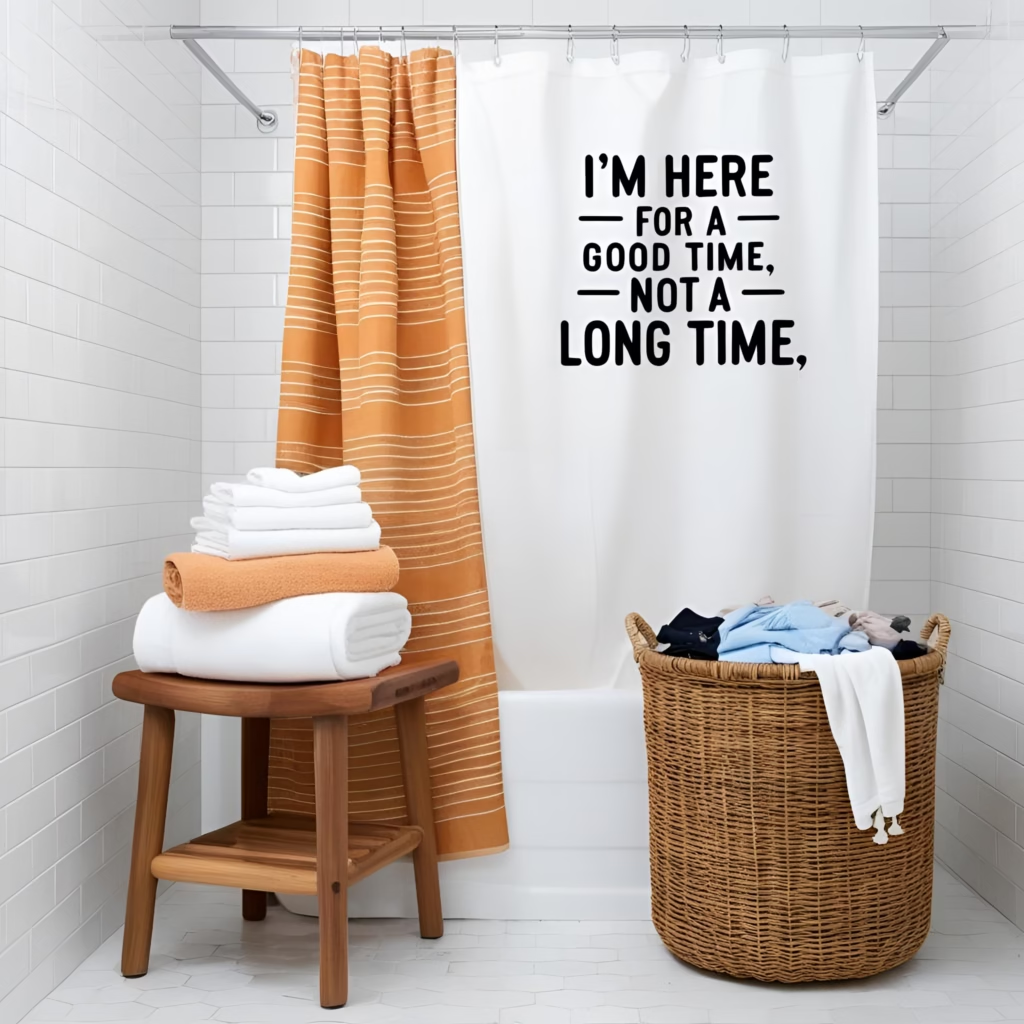
Common Mistakes (And How to Blame Them on Your Cat)
- The “Too Matchy-Matchy” Trap
- Bad: White couch + white shelves + white rug + white walls. Congrats, you live in a marshmallow.
- Fix: Add wood frames, a jute rug, or a plant that’s not plastic.
- The “Rustic Overload” Disaster
- Bad: Wood table + wood chairs + wood floors + wood ceiling. Are you running a sawmill?
- Fix: Break it up with white cabinets, curtains, or a fridge that isn’t camouflaged.
- Ignoring the 80/20 Rule
- Let one material dominate (80%), the other accent (20%). Your room isn’t a democracy.
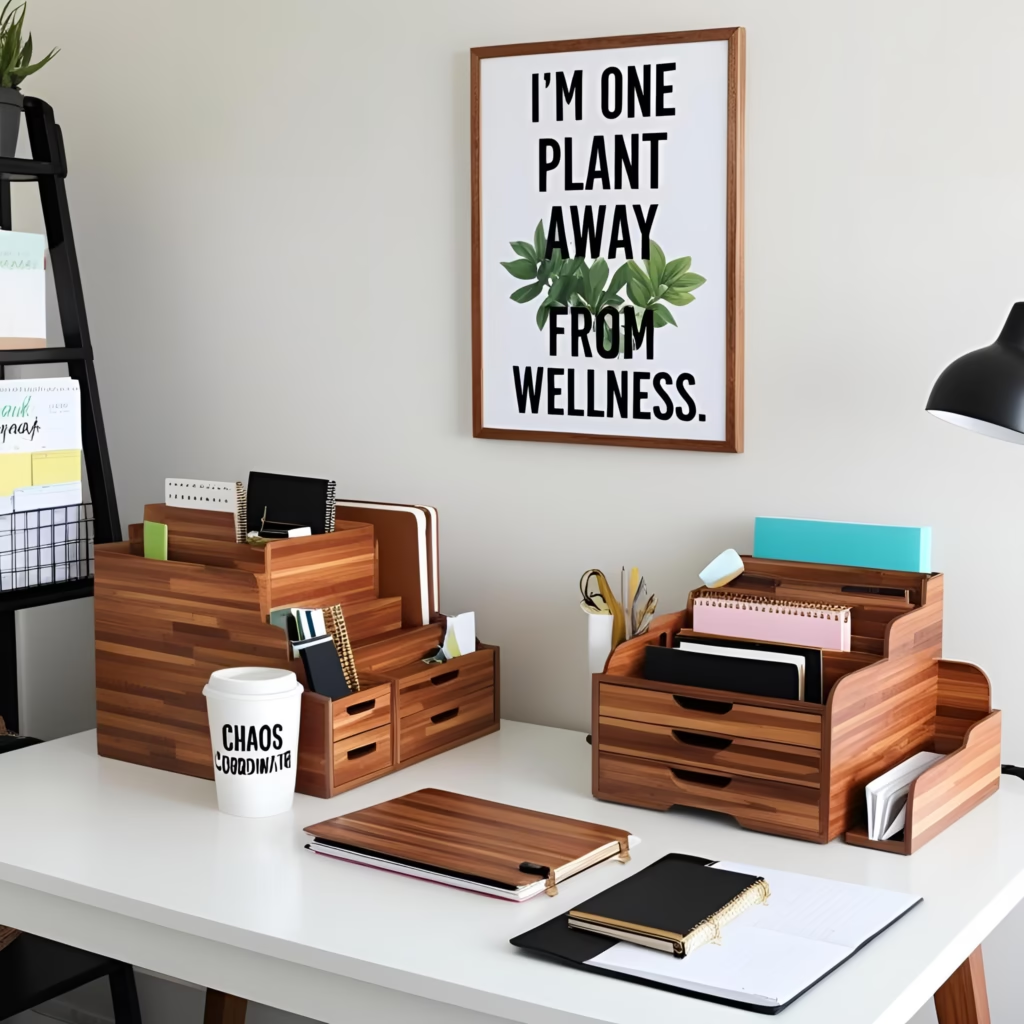
When in Doubt, Add Plants (Or Wine)
Still stuck? Distract with greenery. A monstera in a woven basket or a snake plant in a white pot bridges the gap between white and wood. If that fails, pour a glass of rosé and blame the room’s flaws on “eclectic charm.”
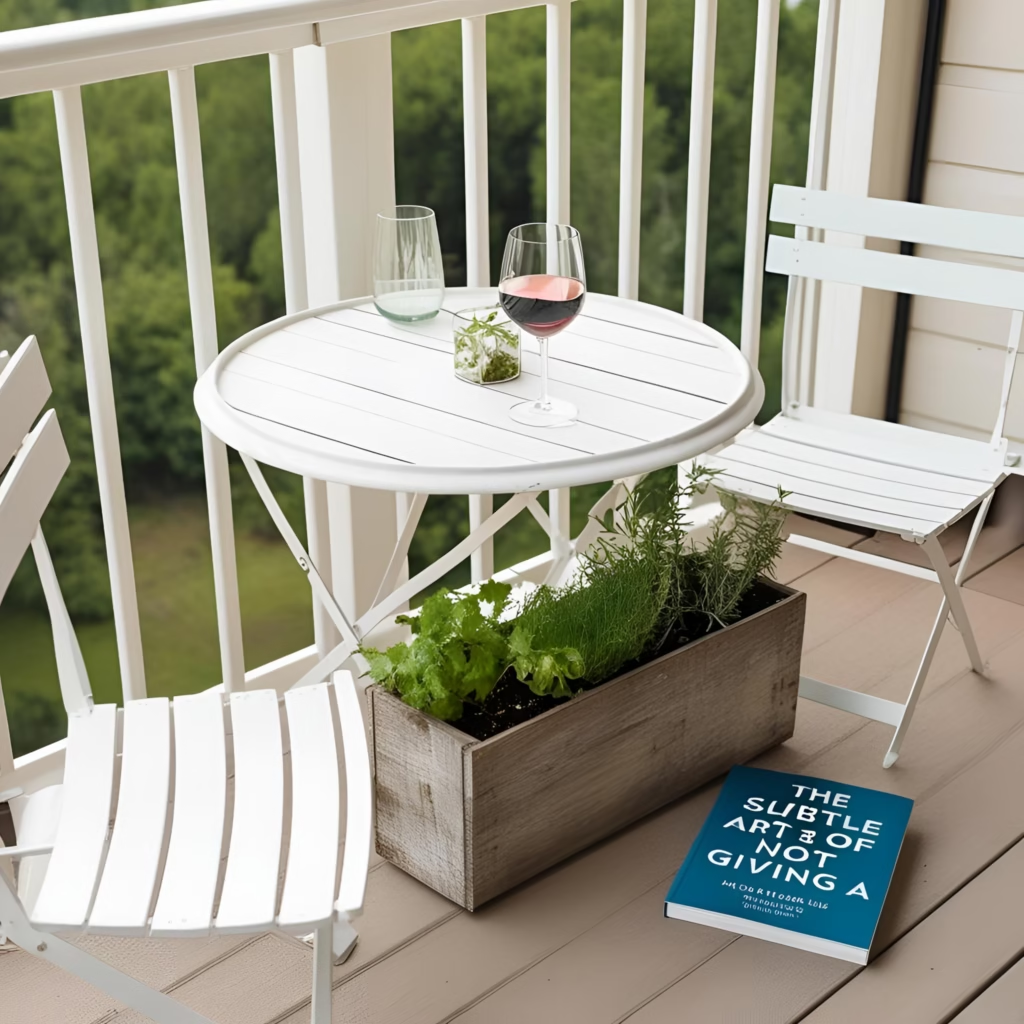
Final Verdict: Yes, Mix Them Like You Mean It
Mixing white and wood furniture isn’t just “allowed”—it’s encouraged, like eating dessert for breakfast or pretending you’ll start yoga tomorrow. Just remember:
- Balance is key (unless you’re into chaos).
- Texture hides sins (like your questionable DIY skills).
- Plants solve everything (except your commitment issues).
Now go forth and decorate. And if your mother-in-law hates it, tell her it’s “organic modern” and watch her Google it in confusion.




